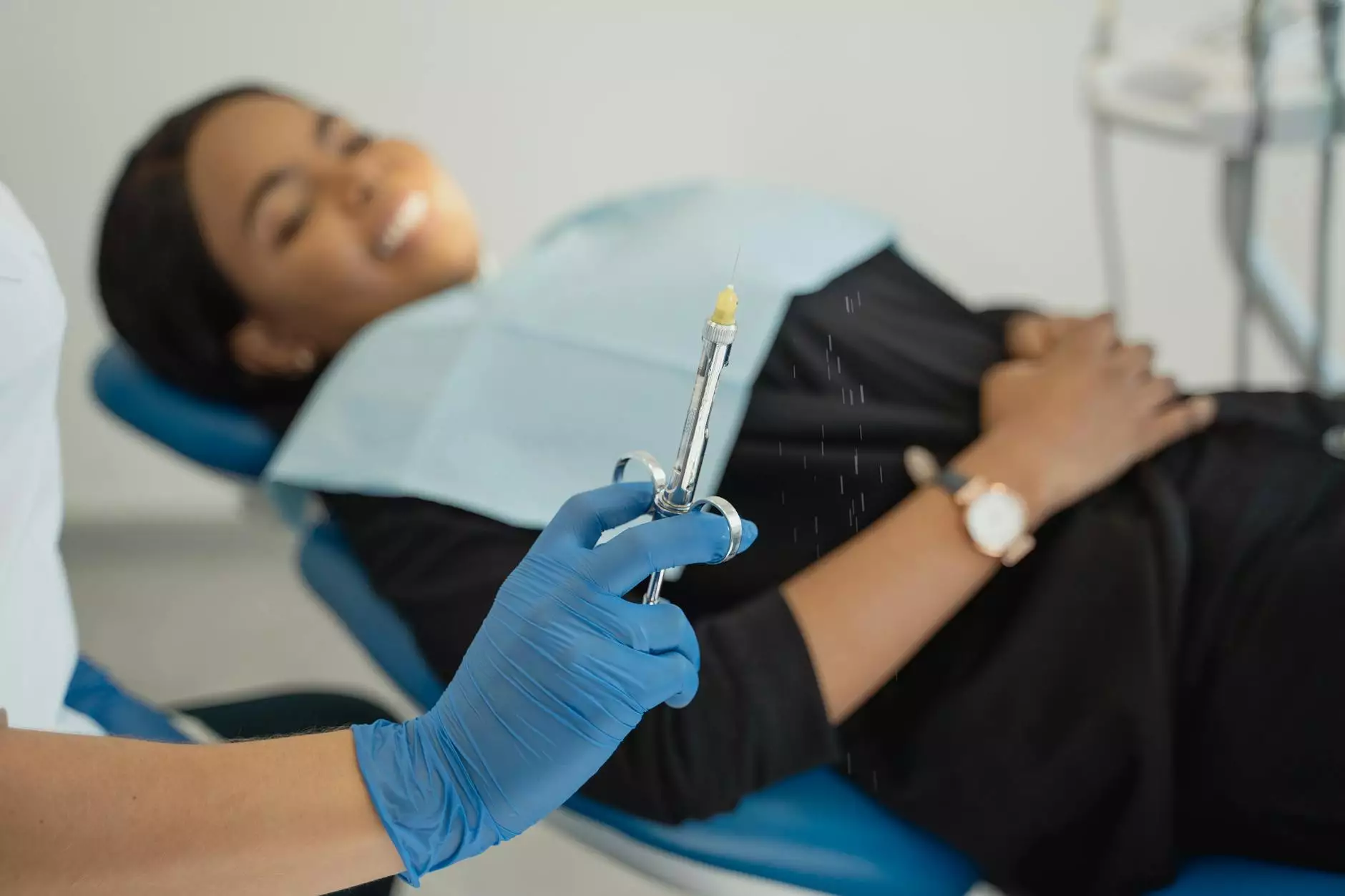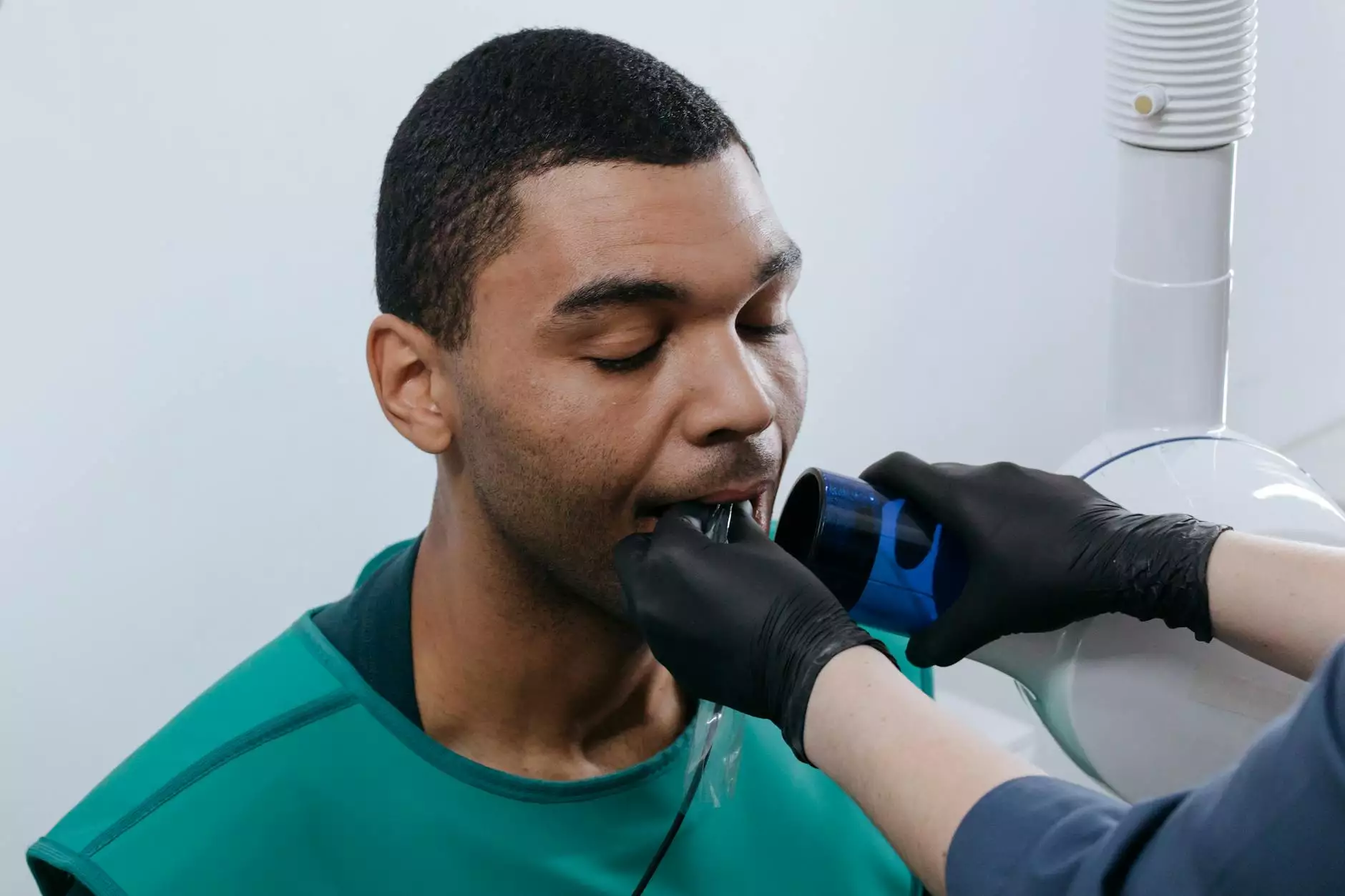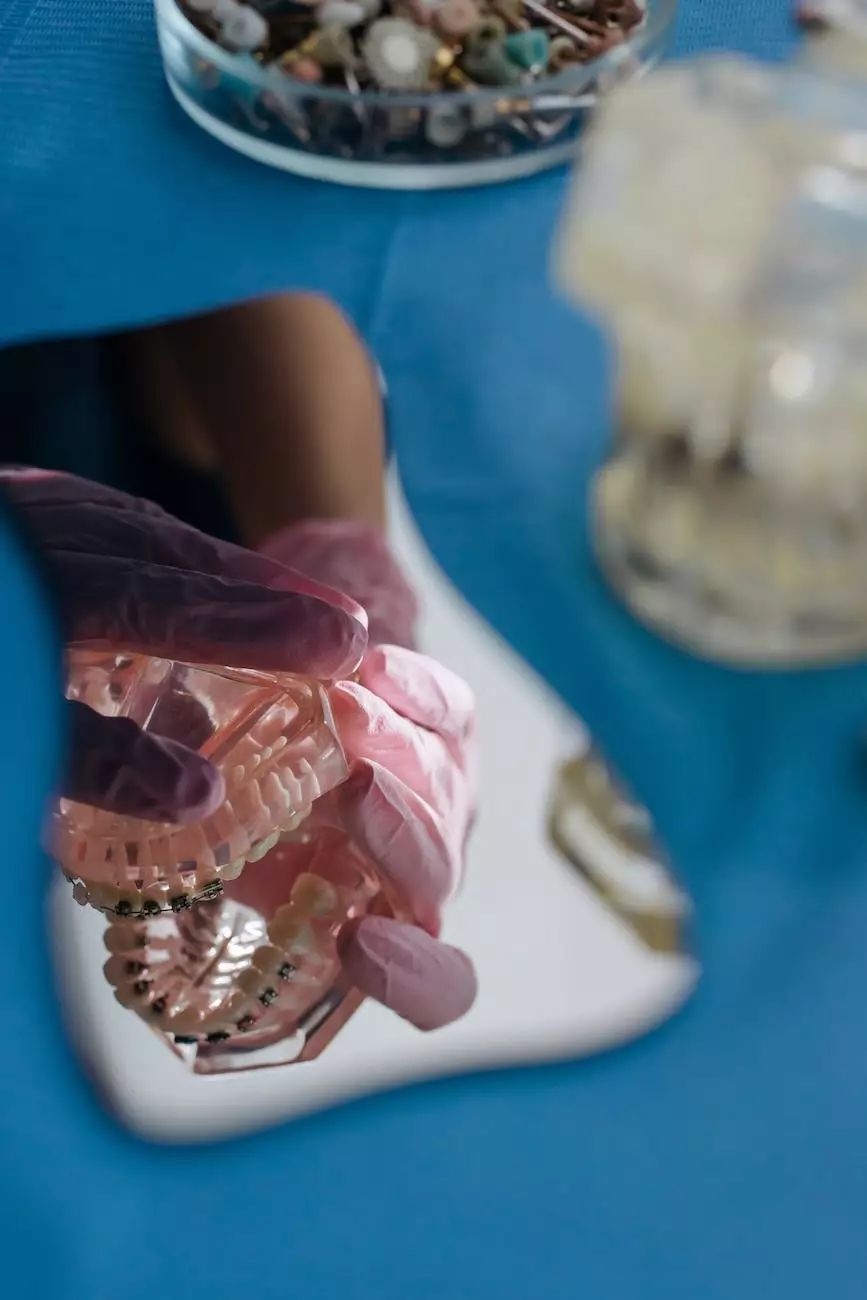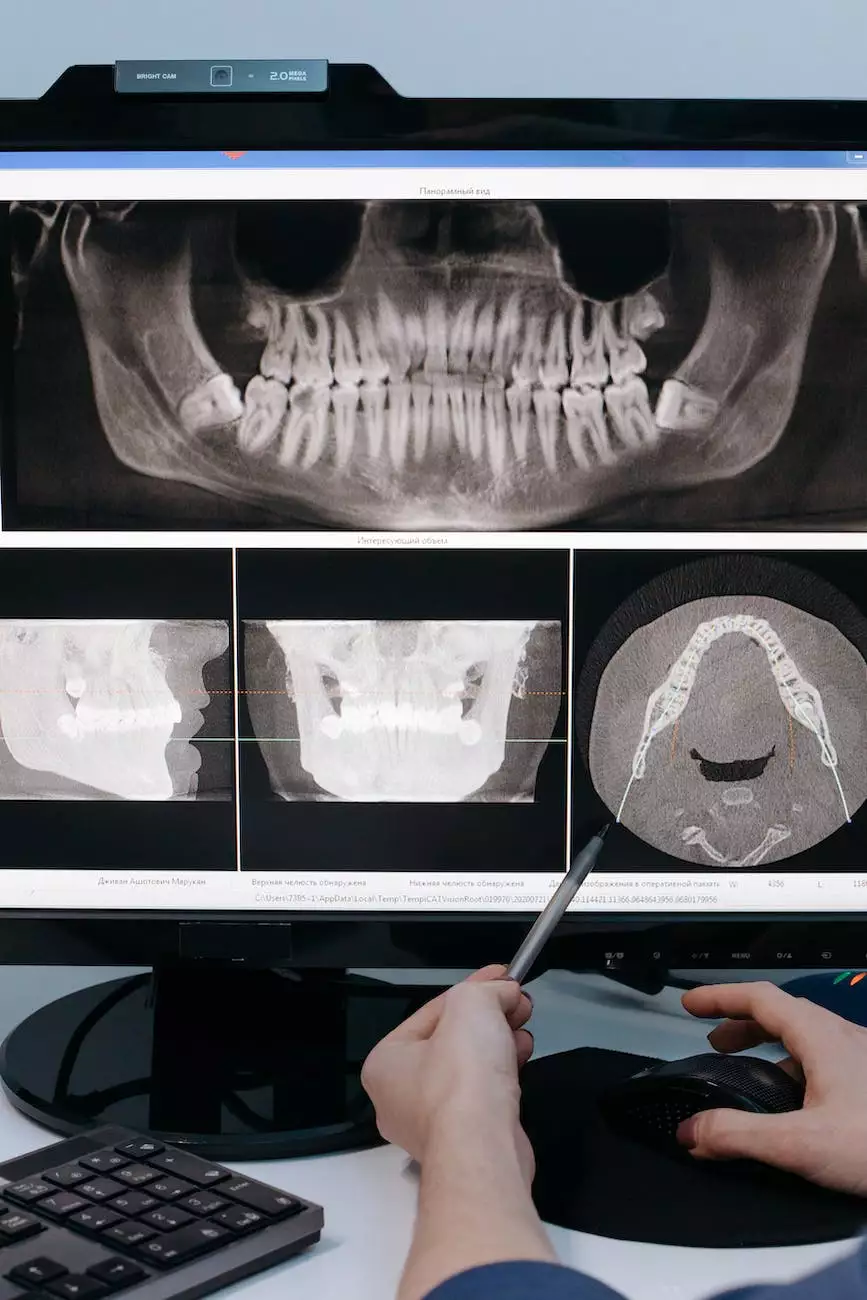After Wisdom Tooth Removal - Expert Tips for a Smooth Recovery
Oral Health
Introduction
Welcome to Marvin Blumentritt, DMD - Troy Dental! As a trusted provider of top-notch dental services, we understand the importance of a smooth recovery after wisdom tooth removal. Our team of experts is here to guide you through the entire process and ensure your comfort during this sensitive time. In this comprehensive guide, we will provide you with detailed information on the recovery process, potential complications, and expert tips to help you heal quickly and effectively.
The Recovery Process
Wisdom tooth removal is a common dental procedure that involves extracting one or more wisdom teeth, also known as third molars. After the surgery, it is crucial to follow the proper recovery guidelines to promote healing and prevent complications. Here is a step-by-step breakdown of the recovery process:
1. Immediate Post-Surgery Care
Immediately after the procedure, you may experience some bleeding and swelling. Our dental team will provide you with gauze to control bleeding and cold packs to minimize swelling. It is important to keep the gauze in place for the recommended time and replace it as needed. Applying gentle pressure with the gauze can help control bleeding.
2. Pain Management
Pain and discomfort are common after wisdom tooth removal. To manage pain effectively, our dentist may prescribe pain medication or recommend over-the-counter options. It is essential to follow the given instructions for medication dosage and frequency.
3. Eating and Drinking
During the initial recovery period, it is best to stick to a soft or liquid diet to avoid damaging the surgical site. These can include soups, smoothies, yogurts, and mashed foods. Avoid using straws, as the suction can dislodge blood clots and delay healing.
4. Oral Hygiene
Proper oral hygiene is crucial for a successful recovery. Gently brush your teeth, being careful around the surgical area. Rinse your mouth with warm saltwater to reduce the risk of infection. It is important to avoid vigorous rinsing or spitting during the initial healing phase.
5. Swelling and Bruising
Swelling and bruising are common side effects of wisdom tooth removal. Applying cold packs to the affected area for the first couple of days can help reduce swelling. If bruising occurs, it will typically subside within a week or two.
Potential Complications
While complications after wisdom tooth removal are rare, it is important to be aware of potential risks. Timely recognition and appropriate actions can prevent further issues. Here are some potential complications:
1. Dry Socket
Dry socket, or alveolar osteitis, is a condition where the blood clot that normally forms after extraction dislodges or dissolves prematurely, exposing the bone. This can cause severe pain and delay the healing process. Our dental team will provide you with detailed instructions on how to minimize the risk of dry socket.
2. Infection
Infection is a rare but possible complication after wisdom tooth removal. Signs of infection include increased pain, swelling, fever, and a foul taste or odor in the mouth. If you experience any of these symptoms, contact our office immediately for prompt treatment.
3. Nerve Damage
In some cases, the sensory nerves surrounding the wisdom tooth can be temporarily or permanently damaged during the extraction process. This can result in numbness, tingling, or altered sensation in the mouth, lips, tongue, or chin. Our skilled dental team takes utmost care to minimize the risk of nerve damage and will discuss any potential concerns with you before the procedure.
Expert Tips for a Smooth Recovery
To ensure a smooth recovery after wisdom tooth removal, consider the following expert tips:
1. Follow Post-Operative Instructions
Our dental team will provide you with detailed post-operative instructions tailored to your specific needs. It is essential to follow these instructions diligently to promote proper healing and minimize the risk of complications.
2. Take Medications as Prescribed
If pain medication or antibiotics are prescribed, take them exactly as instructed by our dentist. This will help manage pain, prevent infection, and promote faster healing.
3. Manage Swelling
In addition to using cold packs, keeping your head elevated while sleeping can help reduce swelling. Avoid activities that may increase blood flow to the surgical site, such as bending over or strenuous exercise, as it can prolong the swelling.
4. Maintain Proper Oral Hygiene
Continue practicing good oral hygiene, gently brushing your teeth and tongue. Use an antimicrobial mouthwash as recommended by our dental team. Maintaining a clean mouth will aid in the healing process.
5. Stick to a Soft Diet
Avoid hard, crunchy, or sticky foods that can irritate the surgical area. Stick to soft, easily chewable foods and gradually reintroduce solid foods as advised by our dental professionals.
6. Attend Follow-Up Appointments
Make sure to attend your scheduled follow-up appointments. Our team will monitor your healing progress, address any concerns, and provide further guidance as needed.
Conclusion
At Marvin Blumentritt, DMD - Troy Dental, we prioritize your well-being and aim to make your wisdom tooth removal experience as smooth and comfortable as possible. By following our expert tips and post-operative guidelines, you can ensure a successful recovery. If you have any questions or concerns during the healing process, do not hesitate to reach out to our experienced team. Remember, we are here to support you every step of the way.










